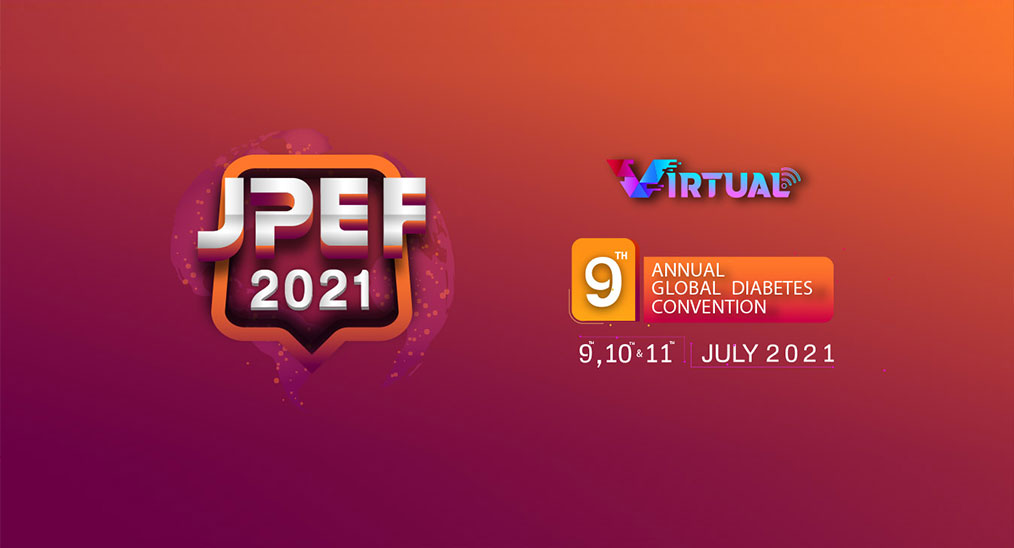3. Is Glargine safe for Intensive care hyperglycemic acute stroke patients?

Stroke stimulates various mechanisms that lead to hyperglycemia such as increased innate immunity and stimulation of the hypothalamic-pituitary-adrenal axis and therefore people with acute stroke, especially those with a history of diabetes are found to have frequent hyperglycemia.
NPH insulin is widely used for the treatment of hyperglycemia during hospitalization. Studies have demonstrated that Insulin Glargine (IG) is safe in various clinical situations, including for both non-critically and critically ill hospitalized patients. A recently published research in ‘Scientific Reports showed that IG is safe in patients with acute hyperglycemic stroke receiving intensive care.
The inclusion criteria for the randomized, open-label, pilot clinical trial included ischemic stroke with thrombolytic therapy or endovascular treatment, intracerebral hemorrhage with aggressive blood pressure control treatment, severe neurological deficits, stroke-in-evolution, or other medical conditions requiring intensive care. Patients who met the inclusion criteria including age ≥ 20 years and capillary blood glucose > 200 mg/dL after admission were enrolled for the study. A basal-bolus regimen of IG or NPH was used for glycemic control. All patients received regular insulin before meals as a correctional component. Glucose levels from capillary blood and continuous glucose monitoring (CGM) were compared and calibrated at randomization and 1, 3, and 4 h after randomization. The glycemic data from CGM were used in the analyses.
The results show that IG is equally safe and as effective as NPH for use to achieve glycemic control in patients with stroke in an ICU setting. The percentage of time with hypoglycemia was very low and comparable between the groups.
As per the researchers, the study is the first of its kind to compare guideline-recommended basal-bolus insulin regimens for the treatment of acute stroke of moderate to high severity requiring critical care.
For enquiries info@jothydev.net.
Please visit: jothydev.net | research.jothydev.com | diabscreenkerala.net | jothydev.com/newsletter




